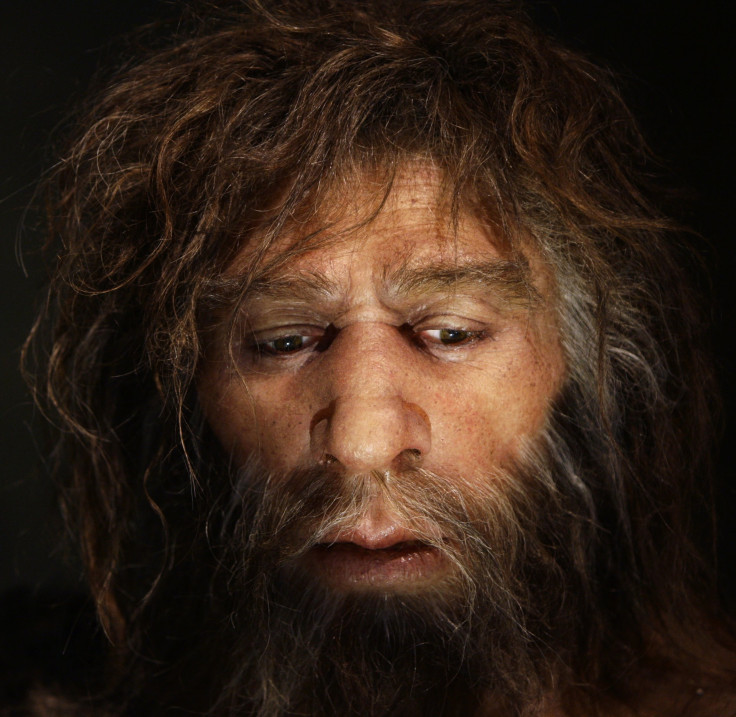What Is Viking Disease? Hand Condition May Have Neanderthal Origins, Researchers Find
KEY POINTS
- Dupuytren's disease has the nickname Viking disease because of the difference in geographical prevalence
- Researchers looked at the data from more than 7,800 people with the hand condition
- Three variants associated with the disease were of Neanderthal origin, including some important ones
Viking disease is known to affect some groups of people more than others. Researchers have now found evidence that the hand condition may actually have Neanderthal origins.
For their study, which was published in Molecular Biology and Evolution, researchers looked at U.K. Biobank data of 7,871 people with Dupuytren's disease and more than 645,000 others to serve as controls.
Dupuytren's disease is a hand condition that causes the fingers to be in a permanently flexed position toward the palm. While any finger can be affected by the condition, the ring and middle fingers are the ones that typically get affected. In some people, the condition can make daily tasks like gripping or holding objects rather difficult.
A particularly interesting thing about Dupuytren's disease is that it affects certain people much more than others. Previous studies have found that it has 80% heritability, suggesting a strong genetic influence. Further, its prevalence among Norwegians over 60 years old is as high as 30%, whereas it's quite rare among those of "primarily" African descent, according to Oxford University Press.
Because of this geographical difference in prevalence, being much more common for instance in people with Scandinavian ancestry, the disease has garnered the nickname "Viking disease."
The idea for the researchers' study was to investigate a potential connection between the condition and Neanderthal ancestry.
"The rarity of the disease in African populations led us to investigate if any of the common variants are inherited from Neandertals, given that gene flow from Neanderthals is limited in individuals of African ancestry," the researchers wrote.
As the researchers explained, people in Africa south of the Sahara have minimal ancestry from Neanderthals and Denisovans, whereas those outside Africa inherited 1 to 2% of their genes from Neanderthals. East Asian and Oceanian populations, on the other hand, have Denisovan ancestry.
The researchers found 61 genome-wide variants that are associated with the disease. Three of them were of Neanderthal origin. These include the second and third most important genetic risk factors.
In other words, it appears that some important genetic risk factors for Dupuytren's disease were inherited from Neanderthals.
According to the researchers, this shows how "admixture" with Neanderthals contributed to "regional differences in disease prevalence," with a "substantial impact on the prevalence of Dupuytren's disease in Europe."
"This is a case where the meeting with Neanderthals has affected who suffers from illness," the study's lead author, Hugo Zeberg of Karolinska Institutet, said, as per Oxford University Press. "...although we should not exaggerate the connection between Neanderthals and Vikings."

© Copyright IBTimes 2024. All rights reserved.






















